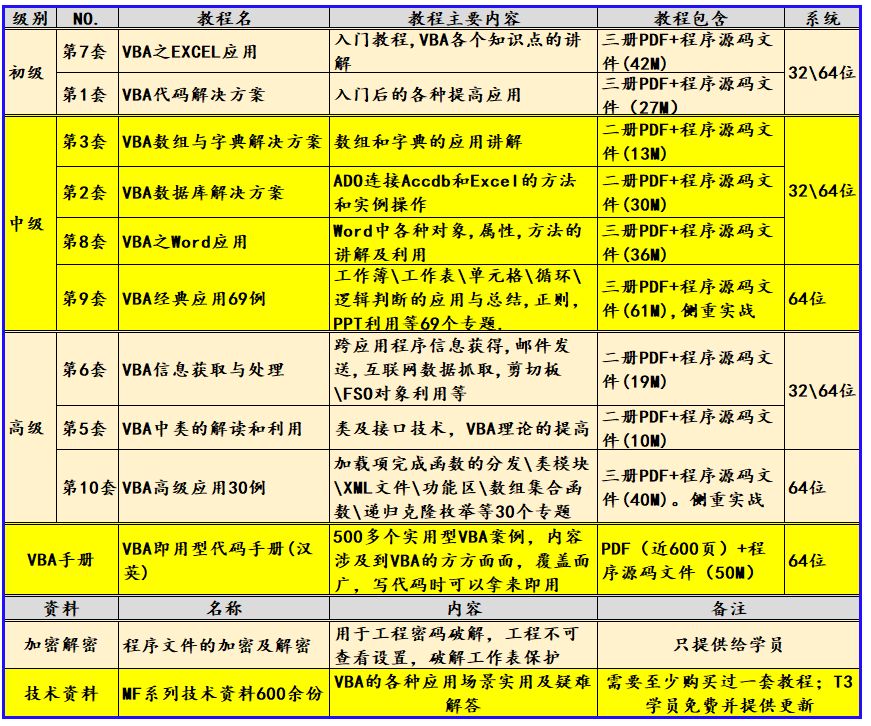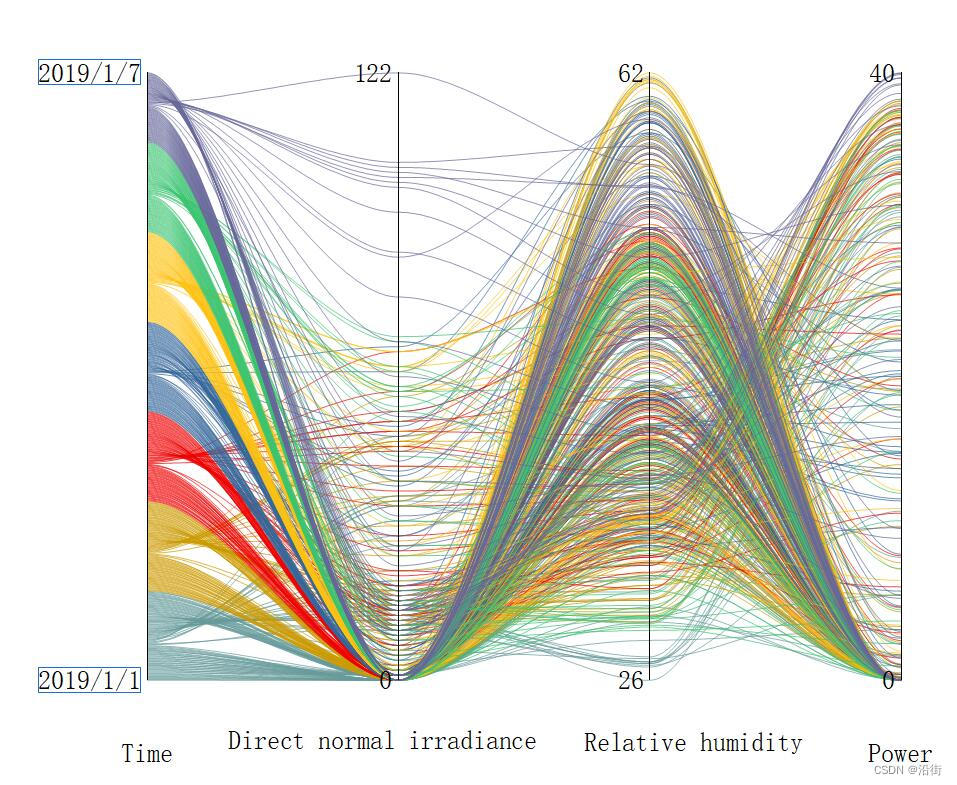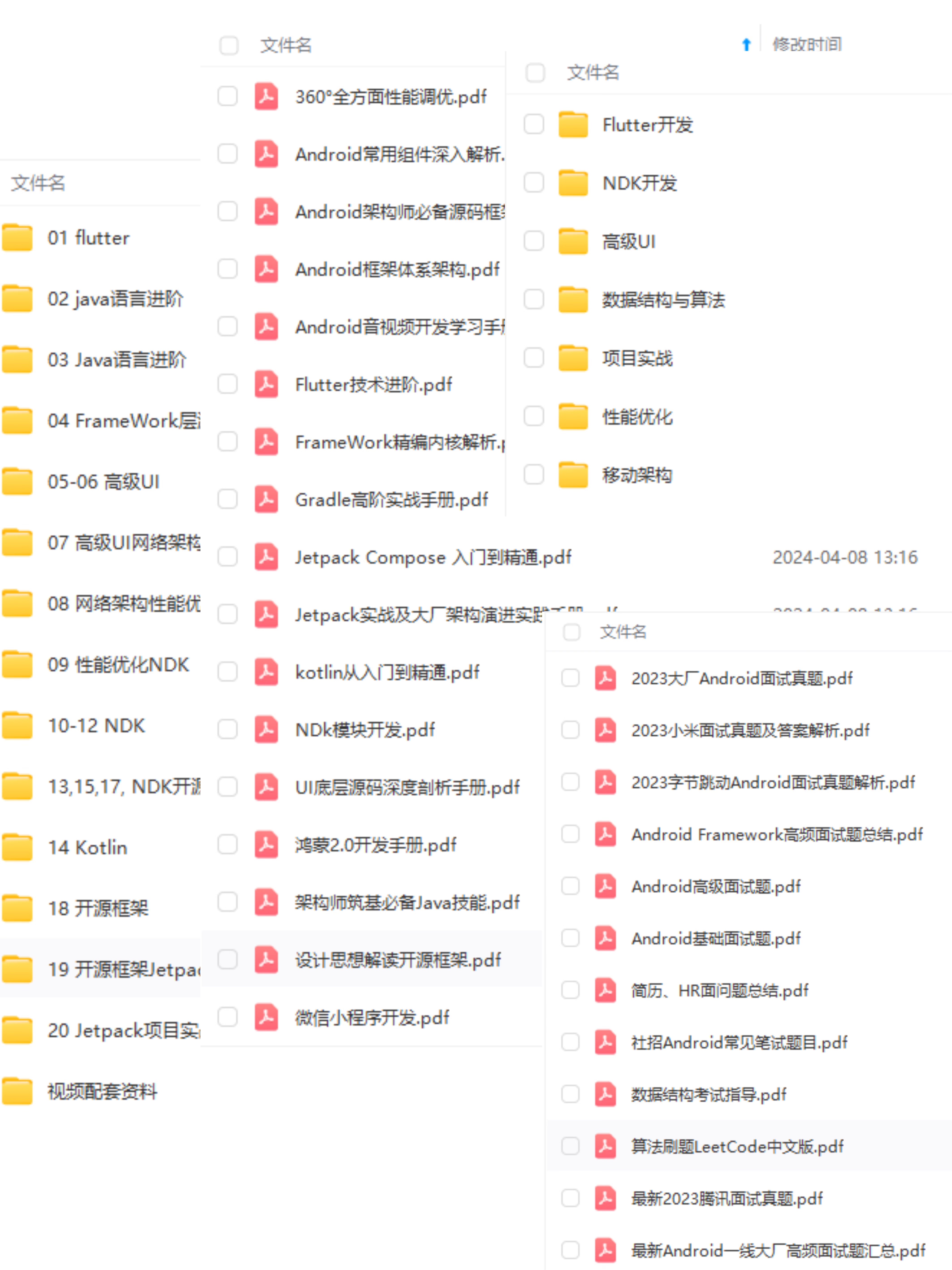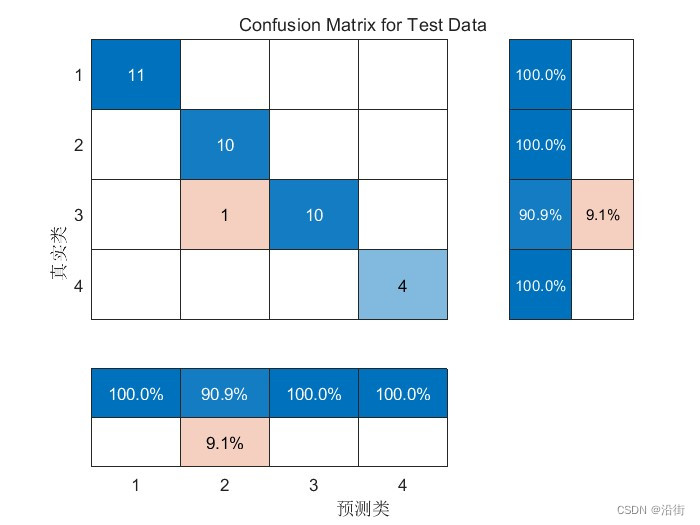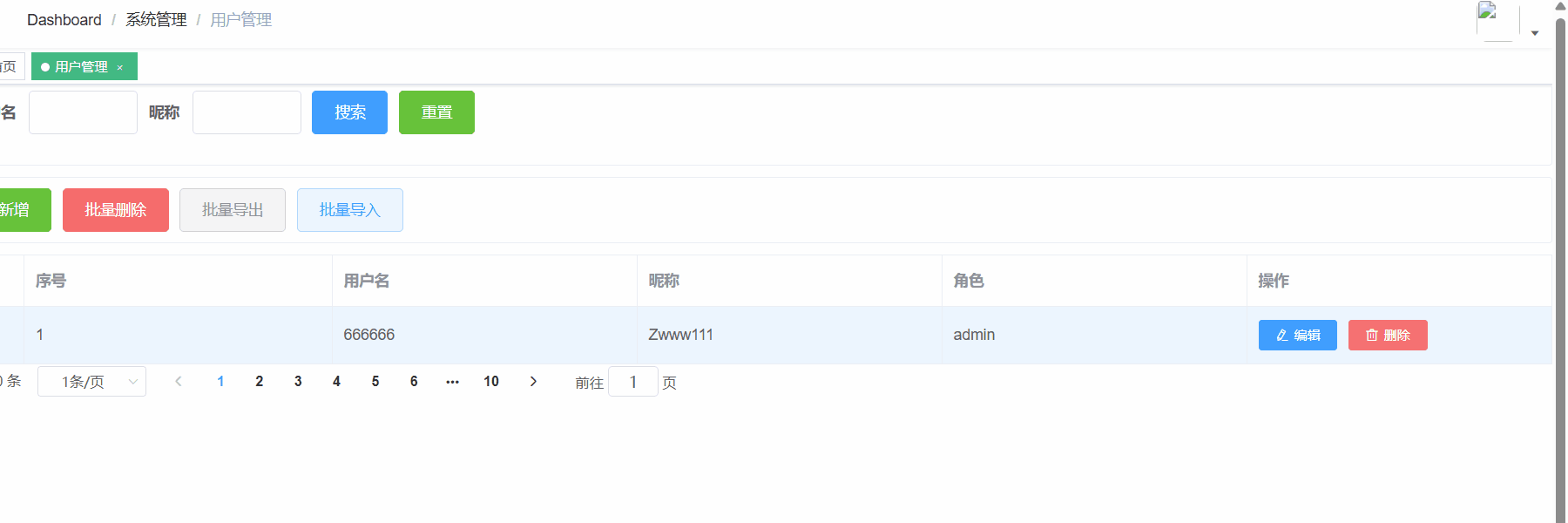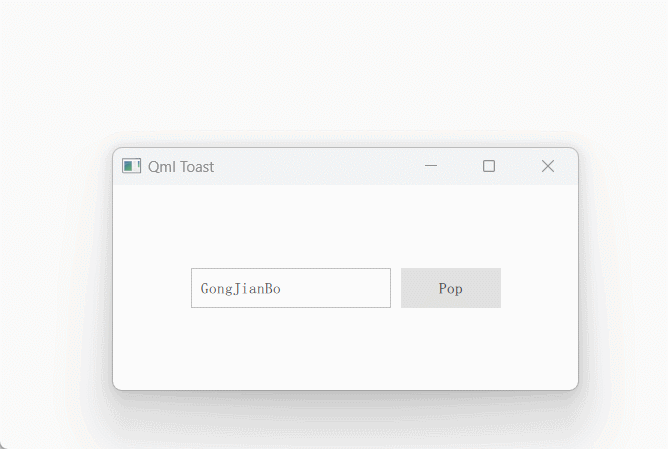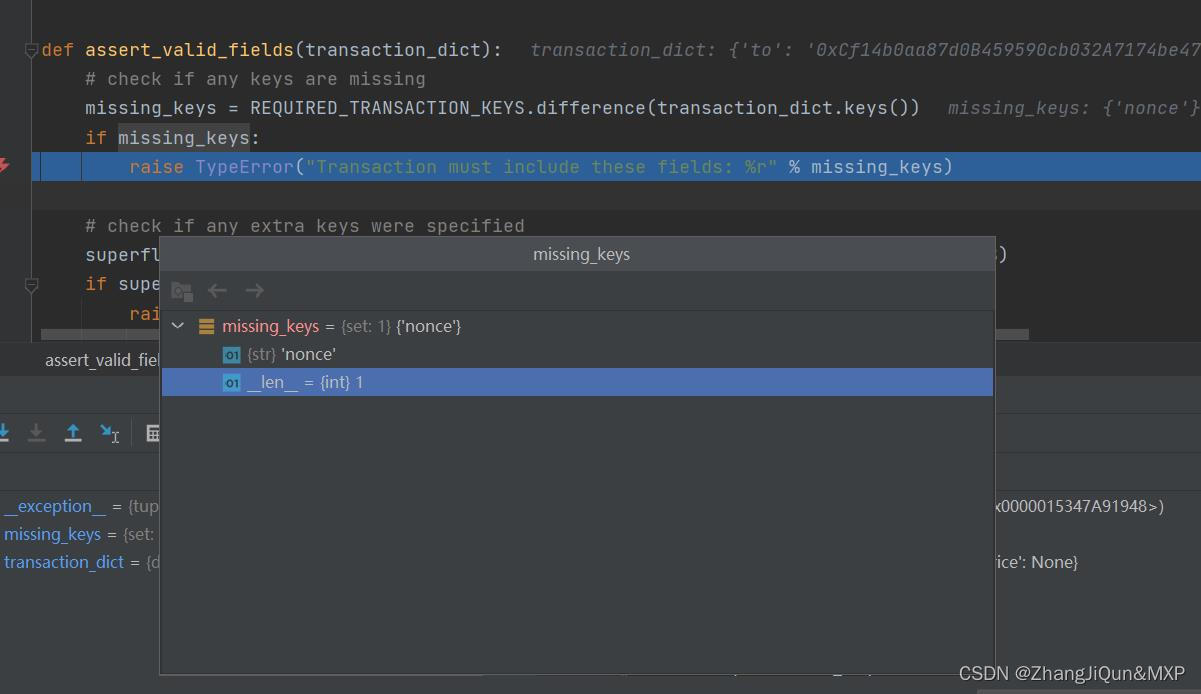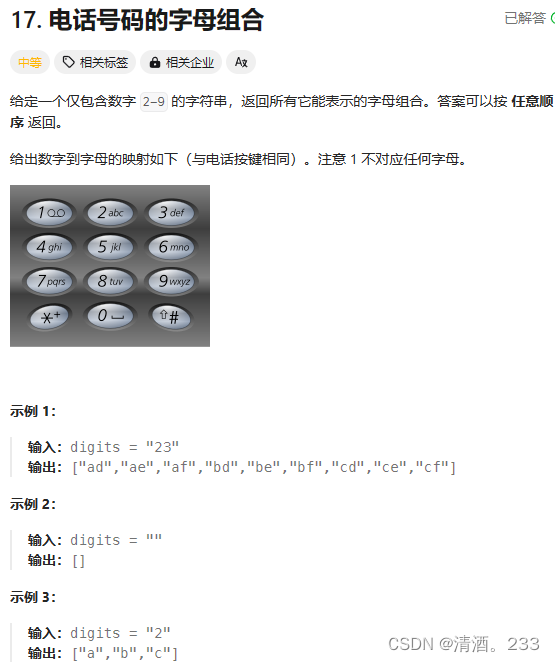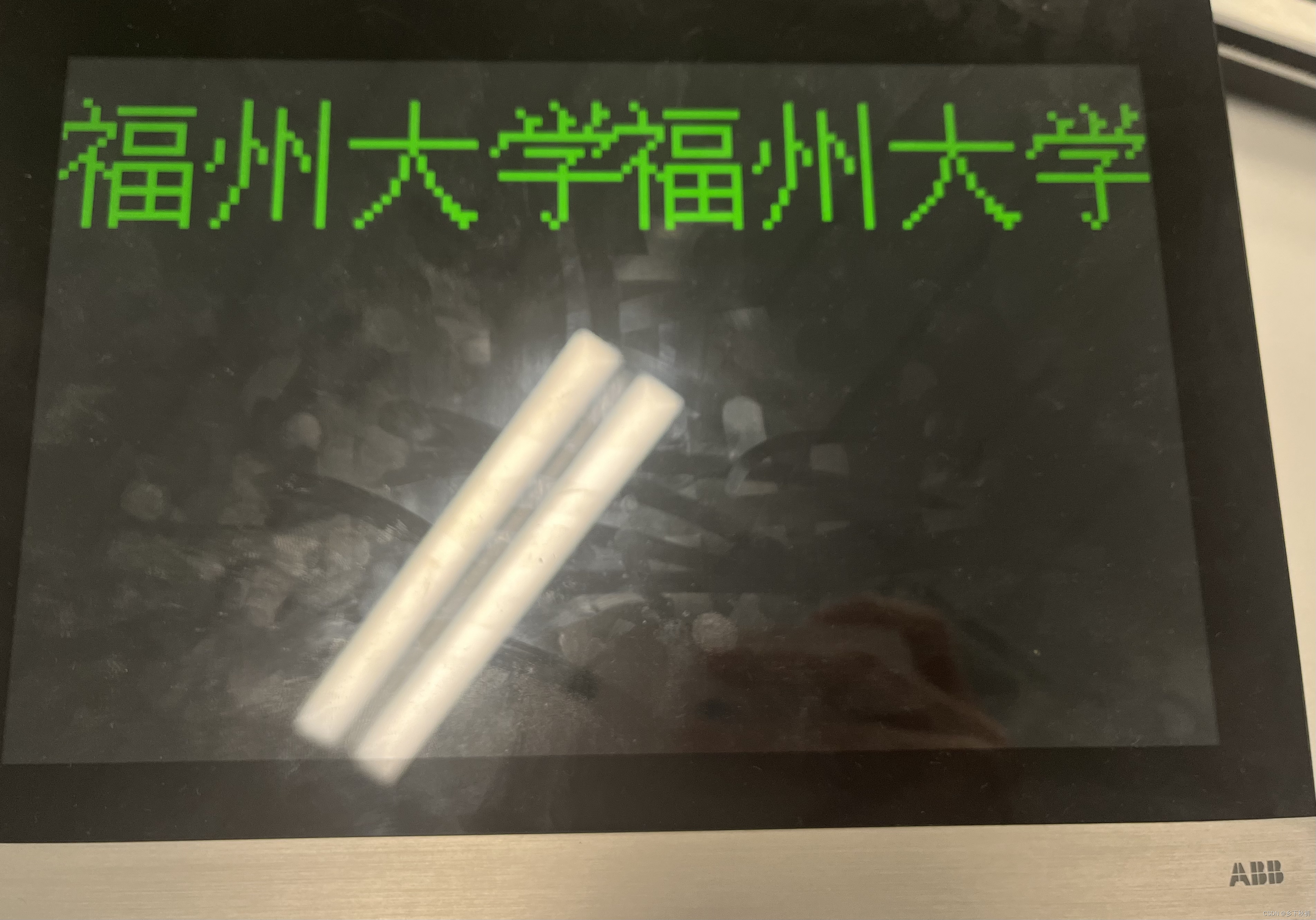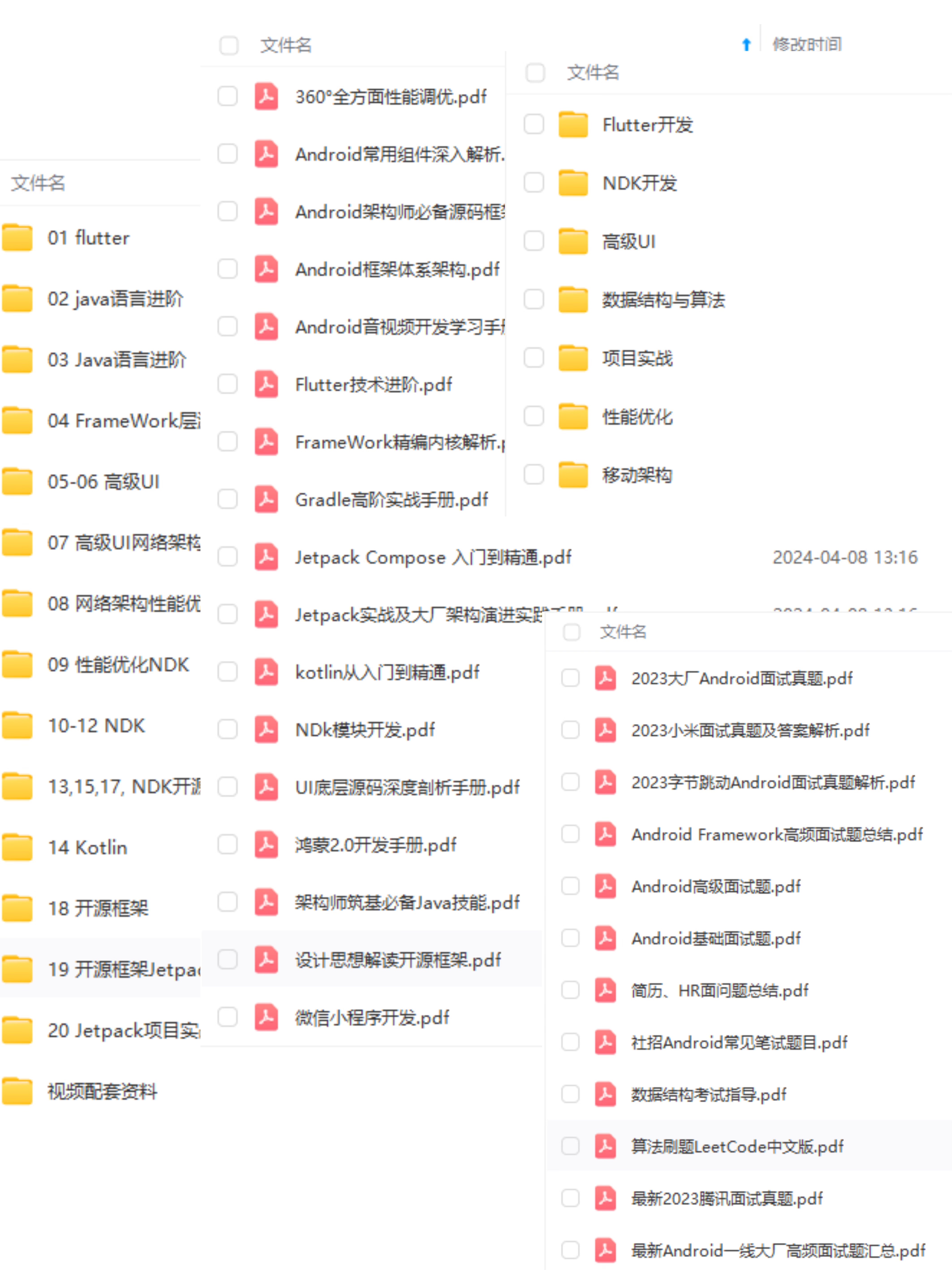http://localhost:8080/home
三、HashHistory
hash("#")的作用是加载 URL 中指示网页中的位置。# 号后面的 hash值,可通过 window.location.hash 获取
特点:
-
hash 不会被包括在 http 请求中,,对服务器端完全无用,因此,改变 hash 不会重新加载页面。
-
可以为 hash 的改变添加监听事件:
window.addEventListener("hashchange",funcRef,false) -
每一次改变
hash(window.localtion.hash),都会在浏览器访问历史中增加一个记录。
利用 hash 的以上特点,就可以来实现前端路由"更新视图但不重新请求页面"的功能了。
HashHistory 拥有两个方法,一个是 push, 一个是 replace
两个方法:HashHistory.push() 和 HashHistory.replace()
HashHistory.push() 将新路由添加到浏览器访问历史的栈顶

从设置路由改变到视图更新的流程:
$router.push() --> HashHistory.push() -->History.transitionTo() --> History.updateRoute() --> {app._route = route} --> vm.render()
解释:
$router.push() //调用方法
HashHistory.push()//根据hash模式调用,设置hash并添加到浏览器历史记录(添加到栈顶)(window.location.hash= XXX)
History.transitionTo() //监测更新,更新则调用History.updateRoute()
History.updateRoute() //更新路由
{app._route= route} //替换当前app路由
vm.render() //更新视图
HashHistory.replace()
replace()方法与push()方法不同之处在于,它并不是将新路由添加到浏览器访问历史的栈顶,而是替换掉当前的路由
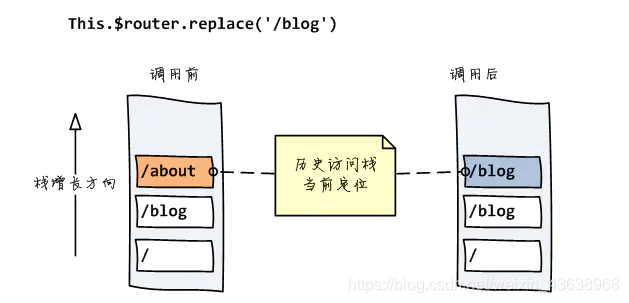
四、HTML5History
早期History通过back()、forward()、go()等方法,我们可以读取浏览器历史记录栈的信息
从HTML5开始History提供了2个新的方法:pushState()、replaceState()
使得我们可以对浏览器历史记录栈进行修改:
window.history.pushState(data, title, targetURL);
@状态对象:传给目标路由的信息,可为空
@页面标题:目前所有浏览器都不支持,填空字符串即可
@可选url:目标url,不会检查url是否存在,且不能跨域。如不传该项,即给当前url添加data
window.history.replaceState(data, title, targetURL);
@类似于pushState,但是会直接替换掉当前url,而不会在history中留下记录
假定当前网址是example.com/1.html,使用pushState()方法在浏览记录(History 对象)中添加一个新记录。
var stateObj = { foo: ‘bar’ };
history.pushState(stateObj, ‘page 2’, ‘2.html’);
添加新记录后,浏览器地址栏立刻显示example.com/2.html,但并不会跳转到2.html,甚至也不会检查2.html是否存在,它只是成为浏览历史中的最新记录。
这2个方法有个共同的特点:当调用他们修改浏览器历史栈后,虽然当前url改变了,但浏览器不会立即发送请求该url,这就为单页应用前端路由,更新视图但不重新请求页面提供了基础
更多操作:
history.pushState({page: 1}, ‘title 1’, ‘?page=1’)
// URL 显示为 http://example.com/example.html?page=1
history.pushState({page: 2}, ‘title 2’, ‘?page=2’);
// URL 显示为 http://example.com/example.html?page=2
history.replaceState({page: 3}, ‘title 3’, ‘?page=3’);
// URL 显示为 http://example.com/example.html?page=3
history.back()
// URL 显示为 http://example.com/example.html?page=1
history.back()
// URL 显示为 http://example.com/example.html
history.go(2)
// URL 显示为 http://example.com/example.html?page=3
监听地址变化
在HTML5History的构造函数中监听popState(window.onpopstate)
popstate事件会在点击后退、前进按钮(或调用history.back()、history.forward()、history.go()方法)时触发。前提是不能真的发生了页面跳转,而是在由history.pushState()或者history.replaceState()形成的历史节点中前进后退
注意:用history.pushState()或者history.replaceState()不会触发popstate事件。
window.onpopstate = function(event) {
console.log(event.state);
console.log(window.history.state;);
};
以上两种方式皆可获取之前在pushState和replaceState中传入的data
注意,页面第一次加载的时候,浏览器不会触发popstate事件。
五、两种模式比较
-
pushState设置的新URL可以是与当前URL同源的任意URL;而hash只可修改#后面的部分,故只可设置与当前同文档的URL
-
pushState通过stateObject可以添加任意类型的数据到记录中;而hash只可添加短字符串
-
pushState可额外设置title属性供后续使用
-
history模式则会将URL修改得就和正常请求后端的URL一样,如后端没有配置对应/user/id的路由处理,则会返回404错误
辅助学习代码:
第1步
下一步
第2步
下一步
第3步
